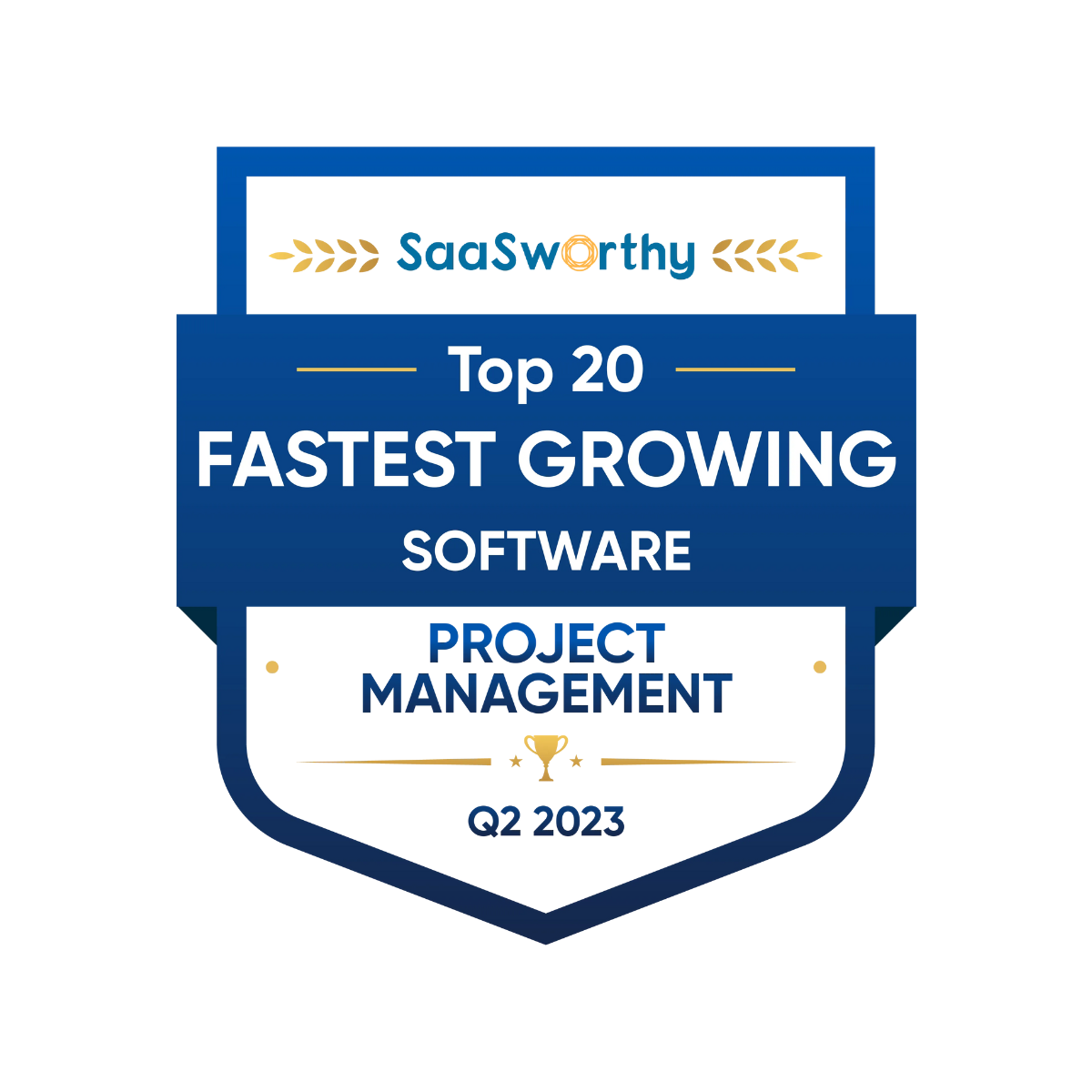The latest version of Midjourney, v6, brings a number of innovations to the scene. This top-notch – if somewhat inaccessible – AI image generation tool will work brilliantly in the hands of not only artists but also marketers or web developers. Midjourney v6 pushes the boundaries of creativity to a whole new level. But what has changed since version 5.2? And how can you use Midjourney’s capabilities in your business?
Midjourney v6 – table of contents
How to use Midjourney’s capabilities in business?
If you want to visualize your ideas instantly, without hiring graphic designers and waiting for projects to be finished, Midjourney v6 is one of the most interesting AI tools on the market. It allows you to create quickly and efficiently:
- prototypes,
- product visualizations,
- conceptual materials.
One of the best examples of using Midjourney is when a tech startup wants to present a vision of its future product to investors. All it takes is a few well-worded prompts, or text cues for artificial intelligence, and Midjourney will generate a series of images to see the idea in all its glory.
Another application is the creation of marketing and advertising content. Instead of relying on photo shoots, you can base your visual communication on unique and eye-catching images created directly for your needs:
- advertising campaigns,
- promotional materials,
- product packaging.
Midjourney plays a key role in helping to align the look and feel of a product with the client. It allows you to quickly experiment with different styles, compositions, and techniques in real time.

Source: Midjourney, prompt: Marta M. Kania (https://www.linkedin.com/in/martamatyldakania/)
How does Midjourney work?
Midjourney creates visual representations based on textual user instructions called “prompts”. It relies on a complex neural network trained on millions of image and text examples to recognize patterns and connections between words and visuals.
Communication with Midjourney is done via Discord, where users send their prompts and the tool generates the corresponding images. Language models interpret the meaning of the user’s words and generate images based on these interpretations. A typical process looks like this:
- The user enters a prompt, such as “A realistic portrait of an elderly woman in the Renaissance style, with accentuated facial details and rich colors.
- Midjourney analyzes the prompt and generates four initial images according to the user’s instructions.
- If the results are not completely satisfactory, the user can modify the prompt or add additional instructions to refine the desired result.
- Midjourney takes into account the modified instructions and generates a new series of images.
- This process is repeated until a satisfactory result is obtained.
Thanks to its advanced machine learning process and ever-growing database, Midjourney is able to create extremely realistic and detailed images that look like hand-made works by artists. What’s more, the tool is constantly evolving to better understand the language and generate better images.

Source: Midjourney, prompt: Marta M. Kania (https://www.linkedin.com/in/martamatyldakania/)
What’s new in Midjourney v6?
The latest version of Midjourney, known as v6, brings a number of innovations that significantly improve the capabilities of this powerful tool. Among the most important are easier and more natural prompting, the ability to create subtitles, even greater realism in the images created, and improved compositions.
Easier prompting
One of the key changes in Midjourney v6 is an improved language model that allows for more intuitive and precise formulation of prompts. In previous versions, it was sometimes difficult to get the desired results even with precise descriptions. The new version does a much better job of interpreting complex and descriptive prompts, making it easier to communicate the user’s vision.
For example, the prompt “…an old wooden ship with a sail in a bottle, lying on a wooden table in a deserted harbor, with sunset rays coming through a dusty window…” might have previously caused the algorithm difficulty. However, v6 Midjourney is able to understand and incorporate many details such as materials, lighting, perspective, and mood to generate images that perfectly reflect this descriptive instruction.

Source: Midjourney, prompt: Marta M. Kania (https://www.linkedin.com/in/martamatyldakania/)
Generating subtitles
Another major innovation in Midjourney v6 is the greatly improved ability to create captions and integrate them with the image. In previous versions, attempts to generate text often resulted in blurry text or a set of letters that roughly resembled words. Now Midjourney can place readable captions in a variety of styles and interesting fonts. This opens up new possibilities for creating:
- logotypes,
- ads,
- posters and other graphic materials using text.
Even more realistic images
Midjourney v6 also introduces improved image quality that brings it closer to the realism of photography. Improvements include:
- more natural lighting,
- more accurate texture reproduction,
- better preservation of proportions.
The results look extremely realistic and are often difficult to tell apart from a photo.
Better composition
In addition to increased realism, Midjourney v6 also promises improvements in image composition. One of the common pain points of previous versions was the unnatural placement of elements in a scene, making it obvious at first glance that something was “wrong” with the image. The new version handles the proportions and placement of objects better, creating more balanced and aesthetically pleasing compositions.
Limitations of Midjourney v6
Does this mean that there is no point in pursuing photography and that Midjourney v6 has reached perfection? Not really. Despite its many advantages and innovations, Midjourney v6 still has some limitations. Some are of a technical nature, such as the difficulty to access the tool, since it is necessary to register on Discord where you can prompt images. Others relate to the inability to fine-tune the results or to insert your own materials, such as product images, into the generated images.
The need to use Discord
Despite plans for a dedicated web and mobile app, for now Midjourney still works primarily through the Discord app. For novice users, this can be a bit of a hindrance, as they will need to master both Discord and the image creation tool itself.
The Midjourney web application is currently only available to paying users who have already generated more than 1,000 images.
Hindered work on results
Although Midjourney v6 does a better job of interpreting complex prompts, it can still have trouble maintaining details and elements when working on the same image. After a few modifications, the model may start to lose some aspects of the image, making it difficult to bring it to the desired state.
Modifications, such as changing the lighting or adding background elements, the figures or objects may begin to change and the composition may become blurred. After several iterations, the model may begin to lose some of the earlier details of the portrait itself, such as precise facial features or textures.
High costs for companies
While Midjourney offers a variety of subscription plans with reasonable pricing for individual users, the cost can quickly escalate for companies that need to generate hundreds or thousands of images per month for marketing campaigns or projects. Especially for advanced applications that require maximum resolution and quality, the price per image can reach several dollars, which can be a significant expense on an annual basis.

Source: Midjourney (https://docs.midjourney.com/docs/plans)
Restrictive rules for content generation
Midjourney, like other AI image generation tools, has a number of built-in restrictions and filters to prevent misuse of the technology. For example, there are restrictions on generating fake images of famous people or extremist or criminal content. While these restrictions have legitimate ethical and legal reasons, they can also act as a barrier to some creative ideas. The detailed provisions of Midjourney’s privacy policy can be found here: https://docs.midjourney.com/docs/privacy-policy. Meanwhile, you can find the terms of use, which should be checked regularly, especially for commercial use of images generated by Midjourney, at this link: https://docs.midjourney.com/docs/terms-of-service.
Summary
Midjourney v6 is the next step in creating AI images that are indistinguishable from photographs. It offers a number of innovations that improve the quality, realism and capabilities of this tool. Easier and more natural prompting, the ability to create readable captions, increased image realism, and better composition are just a few of the key improvements that make this version extremely attractive to businesses, artists, and creators.
However, like any technology, Midjourney v6 is not without its limitations. The need to use Discord, the difficulty of accurately editing images, periodic logic errors, high costs for companies, and restrictive rules for creating content are all aspects to consider before deciding to use this tool.

If you like our content, join our busy bees community on Facebook, Twitter, LinkedIn, Instagram, YouTube, Pinterest, TikTok.
Author: Robert Whitney
JavaScript expert and instructor who coaches IT departments. His main goal is to up-level team productivity by teaching others how to effectively cooperate while coding.
AI in business:
- Threats and opportunities of AI in business (part 1)
- Threats and opportunities of AI in business (part 2)
- AI applications in business - overview
- AI-assisted text chatbots
- Business NLP today and tomorrow
- The role of AI in business decision-making
- Scheduling social media posts. How can AI help?
- Automated social media posts
- New services and products operating with AI
- What are the weaknesses of my business idea? A brainstorming session with ChatGPT
- Using ChatGPT in business
- Synthetic actors. Top 3 AI video generators
- 3 useful AI graphic design tools. Generative AI in business
- 3 awesome AI writers you must try out today
- Exploring the power of AI in music creation
- Navigating new business opportunities with ChatGPT-4
- AI tools for the manager
- 6 awesome ChatGTP plugins that will make your life easier
- 3 grafików AI. Generatywna sztuczna inteligencja dla biznesu
- What is the future of AI according to McKinsey Global Institute?
- Artificial intelligence in business - Introduction
- What is NLP, or natural language processing in business
- Automatic document processing
- Google Translate vs DeepL. 5 applications of machine translation for business
- The operation and business applications of voicebots
- Virtual assistant technology, or how to talk to AI?
- What is Business Intelligence?
- Will artificial intelligence replace business analysts?
- How can artificial intelligence help with BPM?
- AI and social media – what do they say about us?
- Artificial intelligence in content management
- Creative AI of today and tomorrow
- Multimodal AI and its applications in business
- New interactions. How is AI changing the way we operate devices?
- RPA and APIs in a digital company
- The future job market and upcoming professions
- AI in EdTech. 3 examples of companies that used the potential of artificial intelligence
- Artificial intelligence and the environment. 3 AI solutions to help you build a sustainable business
- AI content detectors. Are they worth it?
- ChatGPT vs Bard vs Bing. Which AI chatbot is leading the race?
- Is chatbot AI a competitor to Google search?
- Effective ChatGPT Prompts for HR and Recruitment
- Prompt engineering. What does a prompt engineer do?
- AI Mockup generator. Top 4 tools
- AI and what else? Top technology trends for business in 2024
- AI and business ethics. Why you should invest in ethical solutions
- Meta AI. What should you know about Facebook and Instagram's AI-supported features?
- AI regulation. What do you need to know as an entrepreneur?
- 5 new uses of AI in business
- AI products and projects - how are they different from others?
- AI-assisted process automation. Where to start?
- How do you match an AI solution to a business problem?
- AI as an expert on your team
- AI team vs. division of roles
- How to choose a career field in AI?
- Is it always worth it to add artificial intelligence to the product development process?
- AI in HR: How recruitment automation affects HR and team development
- 6 most interesting AI tools in 2023
- 6 biggest business mishaps caused by AI
- What is the company's AI maturity analysis?
- AI for B2B personalization
- ChatGPT use cases. 18 examples of how to improve your business with ChatGPT in 2024
- Microlearning. A quick way to get new skills
- The most interesting AI implementations in companies in 2024
- What do artificial intelligence specialists do?
- What challenges does the AI project bring?
- Top 8 AI tools for business in 2024
- AI in CRM. What does AI change in CRM tools?
- The UE AI Act. How does Europe regulate the use of artificial intelligence
- Sora. How will realistic videos from OpenAI change business?
- Top 7 AI website builders
- No-code tools and AI innovations
- How much does using AI increase the productivity of your team?
- How to use ChatGTP for market research?
- How to broaden the reach of your AI marketing campaign?
- "We are all developers". How can citizen developers help your company?
- AI in transportation and logistics
- What business pain points can AI fix?
- Artificial intelligence in the media
- AI in banking and finance. Stripe, Monzo, and Grab
- AI in the travel industry
- How AI is fostering the birth of new technologies
- The revolution of AI in social media
- AI in e-commerce. Overview of global leaders
- Top 4 AI image creation tools
- Top 5 AI tools for data analysis
- AI strategy in your company - how to build it?
- Best AI courses – 6 awesome recommendations
- Optimizing social media listening with AI tools
- IoT + AI, or how to reduce energy costs in a company
- AI in logistics. 5 best tools
- GPT Store – an overview of the most interesting GPTs for business
- LLM, GPT, RAG... What do AI acronyms mean?
- AI robots – the future or present of business?
- What is the cost of implementing AI in a company?
- How can AI help in a freelancer’s career?
- Automating work and increasing productivity. A guide to AI for freelancers
- AI for startups – best tools
- Building a website with AI
- OpenAI, Midjourney, Anthropic, Hugging Face. Who is who in the world of AI?
- Eleven Labs and what else? The most promising AI startups
- Synthetic data and its importance for the development of your business
- Top AI search engines. Where to look for AI tools?
- Video AI. The latest AI video generators
- AI for managers. How AI can make your job easier
- What’s new in Google Gemini? Everything you need to know
- AI in Poland. Companies, meetings, and conferences
- AI calendar. How to optimize your time in a company?
- AI and the future of work. How to prepare your business for change?
- AI voice cloning for business. How to create personalized voice messages with AI?
- Fact-checking and AI hallucinations
- AI in recruitment – developing recruitment materials step-by-step
- Midjourney v6. Innovations in AI image generation














